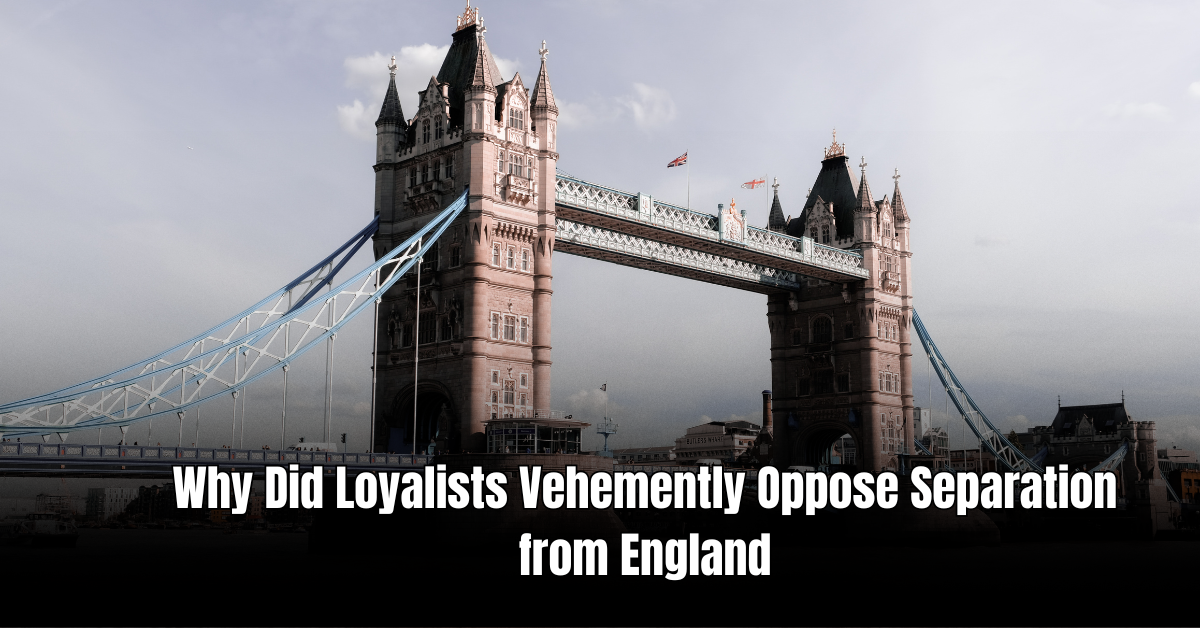No, it is not typically appropriate to wear white to a wedding. It is considered a traditional etiquette to avoid wearing white, as it is often associated with the bride.
Wearing white may unintentionally draw attention away from the couple and can be seen as disrespectful. Instead, it is advised to choose other colors or patterns for wedding attire that show respect for the couple’s big day.
The Significance Of The Wedding Dress Color
Tradition and symbolism have long played a role in determining the color of the wedding dress. The practice of wearing white to a wedding has deep roots that date back centuries.
The concept of wearing white to weddings gained popularity in the 19th century when Queen Victoria wore a white gown for her own wedding. This choice of color symbolized purity and innocence, setting a new trend.
| Color | Meaning |
|---|---|
| White | Traditionally symbolizes purity and innocence. |
| Ivory / Cream | Represents elegance and tradition. |
| Blush / Pink | Signifies romance, love, and femininity. |
| Red | Suggests passion, excitement, and boldness. |
| Blue | Symbolizes calmness, loyalty, and fidelity. |
While white remains the most popular choice, modern brides are increasingly embracing other colors to express their personality and individuality on their special day.
Decoding Wedding Attire Dress Codes
Wedding dress codes can be confusing, but it’s important to dress appropriately for the occasion. For formal weddings, a tuxedo or a suit and tie are recommended for men, while women should opt for elegant evening gowns or cocktail dresses. Semi-formal weddings call for a suit or a dressy outfit for men, and women can wear a dress or a skirt and blouse. Casual weddings allow for more flexibility, with men being able to wear dress pants or khakis with a button-down shirt, and women can choose between a sundress or a nice blouse with a skirt or pants.
When attending a wedding, it’s crucial to respect the dress code specified on the invitation. As a guest, avoid wearing white to a wedding, as it is traditionally reserved for the bride. For members of the bridal party, it’s essential to adhere to any specific guidelines provided by the couple. By dressing appropriately, you show respect for the couple’s special day and ensure that you fit in seamlessly with the overall ambiance of the event.
Dos And Don’ts: Wearing White At A Wedding
Wearing white to a wedding is a delicate subject. While this color has traditionally been reserved for the bride, there are certain situations where it may be appropriate to wear white as a guest. For example, if the couple specifies a white dress code or if the wedding is very casual, wearing white might be acceptable. However, it’s important to consider alternative options to a white dress. Opting for soft pastel shades or floral prints can be a lovely and respectful choice. Additionally, it’s important to style non-white outfits appropriately for weddings. Pairing a colorful dress with neutral accessories can help create a festive yet classy look. Ultimately, it’s crucial to always prioritize the couple and their special day when deciding what to wear.
Navigating Social Expectations And Cultural Norms
When attending a wedding, it’s important to respect the couple’s preferences and cultural customs. While the tradition of wearing white to a wedding originated in Western culture, it may not necessarily apply to all weddings. Guests from different backgrounds should consider the cultural or religious customs of the couple before deciding on their attire.
Sensitivity to the couple’s preferences and cultural norms plays a crucial role in making appropriate attire choices. Some cultures may have specific dress codes or colors that are considered disrespectful to wear to a wedding. It’s essential to conduct some research or consult with the couple if you are unsure about what is considered appropriate.
For guests attending Western-style weddings, it is generally acceptable to wear white, but it’s still essential to be mindful of the couple’s wishes. Some couples may have specific preferences, especially when it comes to their attire and the overall color scheme of the wedding.
Remember, weddings are a celebration of love and unity, and respecting the couple’s cultural customs helps create a harmonious and inclusive atmosphere for all guests.
Celebrity Fashion Influence On Wedding Dress Codes
When attending a wedding, it can be challenging to navigate the appropriate dress code. With the influence of celebrities, the boundaries of traditional wedding fashion rules have been blurred. Celebrities often make bold fashion choices, including wearing white to weddings, which has had a significant impact on wedding dress codes.
In today’s social media-driven world, trends spread quickly, and this includes celebrity style choices. When a celebrity wears white to a wedding, it can create a fashion statement that gets copied and emulated by others. However, it is essential to consider the ethics of dressing for a wedding. Traditional etiquette dictates that the bride should be the only one wearing white, as it is her special day. When guests also wear white, it can be seen as a breach of etiquette and may detract attention from the bride.
That being said, it is possible to balance personal style with wedding fashion rules. There are many ways to incorporate elements of white into your outfit without overshadowing the bride. Opting for pastel shades of white or ivory can be a subtle and elegant choice. Adding colorful accessories or statement pieces can also help differentiate your outfit from the bride’s.
Ultimately, it is crucial to respect the couple’s wishes and adhere to any dress code specified on the wedding invitation. While celebrities may push the boundaries of traditional wedding fashion, it is essential to consider the overall etiquette and ensure that your outfit complements, rather than overshadows, the bride and groom on their special day.
Addressing Common Wedding Fashion Dilemmas
- Contrary to popular belief, guests can indeed wear white to a wedding. However, it is essential to consider the couple’s cultural or religious traditions, as they may have specific expectations.
- Handling situations where the bride wears a non-white dress:
| Scenario | Solution |
|---|---|
| The bride wears a colored dress | Feel free to wear white, but avoid any dress that might rival the bride’s outfit in terms of extravagance or attention-grabbing elements. |
| The bride wears a different shade of white | To err on the side of caution, choose an outfit in a different color than the bride’s dress. This way, you can avoid any potential confusion. |
Tips for handling outfit mishaps or last-minute changes:
- Always have a backup outfit ready in case of unforeseen circumstances.
- Coordinate with the couple or wedding planner if you are unsure about the dress code.
- Opt for a versatile outfit that can be effortlessly dressed up or down according to the wedding’s formality level.
Remember, weddings are joyful celebrations, and as long as you show respect for the couple’s wishes, you can confidently navigate wedding fashion dilemmas!
Fashion Innovations: Breaking Wedding Fashion Norms
Wedding fashion has undergone a remarkable transformation in recent years, with many brides opting for non-traditional dress styles. These fashion innovations have broken the norm that dictated wearing white to weddings. From colorful gowns to jumpsuits and separates, brides are embracing opportunities for self-expression within wedding attire.
Non-traditional wedding dresses offer a unique way to showcase individuality while maintaining respect for the occasion. Brides can choose dresses that reflect their personal style and preferences, whether it’s a bohemian-inspired gown, a sleek and modern pantsuit, or a vintage-inspired tea-length dress.
The emergence of non-traditional wedding dress trends has blurred the lines of wedding fashion, allowing brides to confidently wear what truly resonates with them. With this shift in perspective, weddings are becoming a platform for self-expression, celebrating the diversity and individuality of each couple.
So, if you are attending a wedding and wondering whether to wear white, remember that fashion innovations are breaking wedding fashion norms. It’s all about embracing your own style while respecting the occasion.
Conclusion: Respecting Tradition And Personal Expression
Finding a balance between adhering to wedding fashion etiquette and expressing personal style is crucial when deciding what to wear to a wedding. It is essential to respect the tradition associated with wedding attire while also embracing diversity and cultural variations. By understanding the significance of white wedding dresses in Western culture, guests can avoid wearing this color and potentially overshadowing the bride. However, it is important to recognize that not all weddings have the same customs, and certain cultural traditions may encourage or even require guests to wear white. Ultimately, the key is to be aware of the specific wedding’s traditions and preferences and to dress accordingly, while still allowing space for personal style and self-expression.
Embracing diversity and cultural variations in wedding attire choices
Weddings are joyous celebrations that bring together people from different backgrounds and cultures. It is essential to acknowledge and embrace the diversity of wedding attire choices. Each culture has its own unique traditions and customs when it comes to wedding clothing, and guests should respect and honor these differences. Understanding the cultural significance behind certain attire choices can help guests navigate what is appropriate to wear and avoid any unintentional faux pas. By educating oneself about cultural variations, guests can make thoughtful and respectful attire choices that appreciate the rich diversity of wedding traditions.
Final thoughts on the topic of wearing white to a wedding
Deciding whether to wear white to a wedding should be approached with sensitivity and consideration. While the general rule is to avoid wearing white to avoid overshadowing the bride, it is important to take into account cultural variations and specific wedding customs. By respecting tradition and cultural diversity, guests can find a balance that allows for personal expression while still honoring the significance of the event. Ultimately, the goal is to celebrate the union of two individuals while being mindful of the customs and traditions that make each wedding unique.
Frequently Asked Questions For Are You Supposed To Wear White To A Wedding
What Is The Rule About Wearing White To A Wedding?
The general rule is to avoid wearing white to a wedding, as it is traditionally reserved for the bride. It’s best to opt for other colors to show respect and not steal the spotlight.
Why Not To Wear White To A Wedding?
Wearing white to a wedding is generally not advised. It’s traditionally reserved for the bride’s outfit. Opt for other colors to avoid drawing attention or being mistaken for the bride.
What Colors Are Appropriate To Wear To A Wedding?
Appropriate colors to wear to a wedding include pastels, neutral tones, and vibrant shades. Opt for soft pinks, blues, or creams for a classic look, or choose bold hues like red, purple, or emerald green to make a statement. Avoid wearing white, as it may compete with the bride’s outfit.
How To Wear White To A Wedding Without Offending The Bride?
To wear white to a wedding without offending the bride, follow these guidelines: 1. Choose a white outfit with colorful accents. 2. Avoid wearing all-white, especially a white dress. 3. Opt for different fabrics and styles to stand out. 4.
Coordinate with the bride or guests to ensure harmony. 5. Be respectful and considerate of the bride’s wishes.
Faq 1: Can I Wear White To A Wedding If I’m Not The Bride?
Answer: It is generally considered inappropriate to wear white to a wedding, as it may overshadow the bride’s dress.
Faq 2: What Are Some Alternative Colors To Wear To A Wedding?
Answer: Opt for elegant and festive colors like pastels, floral prints, or bold brights to create a stylish wedding guest attire.
Conclusion
To sum up, it’s important to consider the traditional etiquette when deciding what to wear to a wedding. While wearing white is typically reserved for the bride, there may be exceptions in certain cultural or thematic weddings. However, it is always a safe bet to steer clear of white to avoid any potential misunderstandings or offense.
Ultimately, choosing an appropriate and respectful outfit that aligns with the dress code and respects the couple’s wishes should be the priority.
Ismail Hossain is the founder of Law Advised. He is an Divorce, Separation, marriage lawyer. Follow him.




Leave a Reply